The Hanok Smith Likes (스미스가 좋아하는 한옥)
8.0Km 2019-11-26
22-7, Samcheong-ro, Jongno-gu, Seoul
+82-2-722-7003
The Hanok Smith Likes is an Italian restaurant that can be found in an alley near the Embassy of the Republic of Poland. The restaurant is famous for serving homemade Italian cuisine in traditional Korean house in Samcheong-dong.
The Smith in the restaurant’s name refers to a Mr. Smith, a virtual person cooks his favorite dishes in a hanok. One of the interesting aspects about this restaurant is that they serve hwadeok pizza (brick oven pizza) and pastas which are not the Korean dishes one might expect given the hanok exterior. They also serve salads, risotto, steak and wine at the restaurant. Particularly, the nighttime atmosphere of the restaurant offers a more serene and cozy experience thanks to the traditional hanok architecture.
Bukchonmaru hanok guesthouse [Korea Quality] / 북촌마루한옥게스트하우스 [한국관광 품질인증]
8.0Km 2020-09-10
152, Changdeokgung-gil, Jongno-gu, Seoul
+82-10-3253-8751
Bukchonmaru Hanok Guesthouse is located between “Bukchon Views 2 and 3” on a hill in Bukchon Village in Seoul. This two-storied hanbok building with a terrace, which is rarely found among other hanok structures in the area, offers a splendid view of Seoul. In particular, the summit of a hill next to the main gate of Choong Ang High School where the guesthouse is situated is known as the filming location for the famous Korean TV series Winter Sonata (2002). When you open the main gate and go up to the first floor, a small yard is seen with a group of jars on one side. After entering the sliding door through the yard, there is daecheong maru (main floored room) that features the doors opening in all directions and a high ceiling with rafters, making the space open and cozy. The hanok building consists of two floors – the ground floor is equipped with special furniture, a jar table and a log chair made by the owner, and on the first floor are guestrooms comprised of one large room and two small rooms. The neat and clean rooms are designed in a simple way and have lovely bedding with the pattern of five cardinal colors. Its staff members can speak English and Chinese to communicate with guests from other countries. Every morning, guests engage in animated conversation while enjoying a Korean home-style breakfast prepared by the owner in a friendly atmosphere. After having breakfast, if guests want, they can try on traditional Korean clothes (hanbok) and take photographs inside and around the guesthouse to create interesting memories. The guesthouse also provides a hanbok rental service (KRW 30,000 for a day) and tourists wearing traditional Korean clothes can enter both Changdeokgung Palace and Gyeongbokgung Palace, which can be reached on foot within 10 to 15 minutes, free of charge. Moreover, guests can enjoy an open view of the area including Gahoe-dong, Gye-dong and even the lights of the Namsan Seoul Tower at night from the roof top.
Hwanggeum Kongbat (황금콩밭)
8.0Km 2023-10-16
Mapo-daero 16-gil 9, Mapo-gu, Seúl
Puerta Gwanghwamun (광화문)
8.0Km 2022-12-13
Sajik-ro 161, Jongno-gu, Seúl.
La puerta Gwanghwamun es la entrada principal del palacio Gyeongbokgung, levantada en 1395 por Taejo, el primer rey de la dinastía Joseon. Es la puerta sur de las cuatro puertas de la antigua ciudad de Hanyang (Seúl), levantadas sobre los cuatro puntos cardinales.
Su nombre significa “la luz de la civilización iluminará el mundo”, y contiene los altos propósitos que la dinastía Joseon tuvo al ser establecida. Gwanghwamun había sido construida de granito. En el centro se halla una entrada que se asemeja al arco iris, denominado Hongyemun, y arriba está la torre del portal.
Gwanghwamun guarda un recuerdo amargo de la historia de Corea. Durante la ocupación de Corea por los japoneses (1910-1945), el gobierno colonial nipón destruyó la puerta con el objetivo de suprimir la nación coreana, y en su emplazamiento levantó el Edificio de la Gobernación de Corea. Hacia el año 1968, el gobierno coreano construyó de nuevo la puerta Gwanghwamun, pero usando concreto. Sin embargo, en el año 2010 se completaron los trabajos de restauración total en madera, que es la que se ve actualmente.
Tour bajo las Estrellas del Palacio Gyeongbokgung (경복궁 별빛야행)
8.0Km 2025-03-14
Sajik-ro 161, Jongno-gu, Seúl
1522-2295
Museo Nacional de Arte Moderno y Contemporáneo en Seúl [MMCA] (국립현대미술관 서울관)
8.0Km 2025-04-18
Samcheong-ro 30, Jongno-gu, Seúl
En 2013, el Museo Nacional de Arte Moderno y Contemporáneo [MMCA] abrió un nuevo edificio en Seúl, ubicado en el barrio de Sogyeok-dong, distrito de Jongno-gu. Este museo es especial porque introdujo el concepto de arquitectura tradicional coreana 'madang', que se trata de un espacioso patio que la gente puede visitar. Tiene distintas instalaciones, como un teatro, una galería, una sala multiuso, etc.
Yeonwoohouse [Korea Quality] / 연우하우스 [한국관광 품질인증]
8.0Km 2024-11-19
5-13, Bukchon-ro 12-gil, Jongno-gu, Seoul
Yeonwoo Guesthouse is a quiet and cozy traditional Korean guest house (hanok) located in Gahoe-dong, Jongnogu in Bukchon Hanok Village, a charming area crisscrossed with a labyrinth of old alleyways. As it is close to some of Seoul’s most famous tourist attractions, including Changgyeonggung Palace, Changdeokgung Palace and Gyeongbokgung Palace, many tourists from Southeast Asia and Europe book a stay here.
It consists of two cozy guestrooms, each equipped with a bathroom. Among the guest house’s many charms is the panoramic view of Bukchon Hanok Village from its rooftop, which can be reached by a ladder. It also boasts the beauty of a traditional Korean house during the daytime and a spectacular view at nighttime.
As it is an old hanok, the owner pays close attention to hygiene, and has the entire building regularly sterilized by a sanitary control company.
Aldea Museo Donuimun (돈의문박물관마을)
8.0Km 2024-07-22
Songwol-gil 14-3, Jongno-gu, Seúl
Hanboknam (한복남)
8.0Km 2021-01-19
Bukchon-ro 5-ga gil 17, Jongno-gu, Seúl
+82-10-6485-8507
Hanboknam nace en Jeonju en el año 2012 para difundir la belleza del traje tradicional coreano: hanbok. En 2015 fue seleccionado como Empresa Creativa de Turismo por el Ministerio de Cultura, Deportes y Turismo de Corea. Al año siguiente, abrió las puertas de su tienda en Bukchon, Seúl.
En este lugar, los turistas pueden encontrar todos los tipos de hanbok: desde el de los reyes hasta el de los pobres. Con solo elegir un hanbok, los personales te recomiendan el resto de los accesorios. En cuanto al horario del alquiler, disponen de 1 hora 30 minutos, 2 horas 30 minutos, 4 horas y un día entero.
Hyehwa1938 [Korea Quality] / 혜화1938 [한국관광 품질인증]
8.0Km 2023-04-13
7, Sungkyunkwan-ro 16-gil, Jongno-gu, Seoul
+82-10-7107-1752
Located in (no suggestions)-dong of Seoul, Hyehwa 1938 is a lodging facility which is based on the remodeling of an 80-year- old traditional Korean house. A traditional Korean house expert initially wanted to use it as an office but later decided to turn it into a guest house due to its large size. As a result, the unique beauty of traditional Korean house was revived while improving practicality. The Woojeong room and Sarang room are now resized to accommodate max 8 persons which used to be only max 4 in the past. Despite the remodeling, the aura and atmosphere of the traditional Korean house is well preserved. Inside the room, you can see that the chandelier of the rich house in the '30s are accompanied by modern furniture and electronics which maintain unique harmony. Open the windows to see sansuyu and maehwa along with other various seasonal trees with beautiful colors and also the space such as edges and sewers are well arranged to avoid any discomforts with your eyesight. The heart of architecture offers only two rooms for guests, and you are all welcome to enjoy the true beauty of Korea.
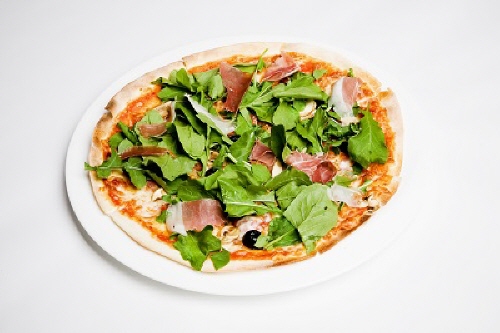
![Bukchonmaru hanok guesthouse [Korea Quality] / 북촌마루한옥게스트하우스 [한국관광 품질인증]](http://tong.visitkorea.or.kr/cms/resource/32/2574032_image2_1.jpg)
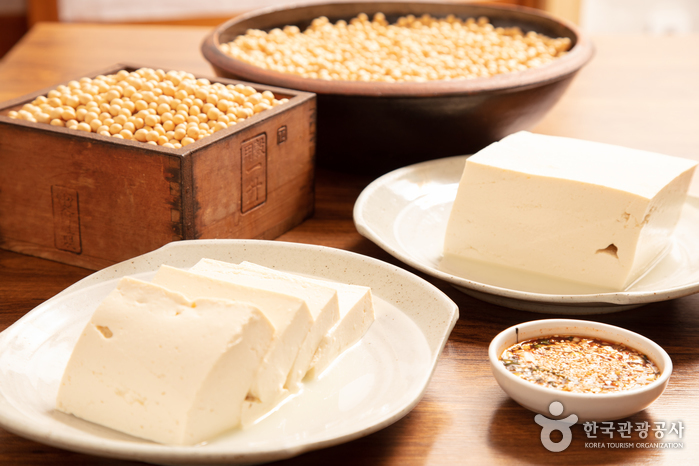

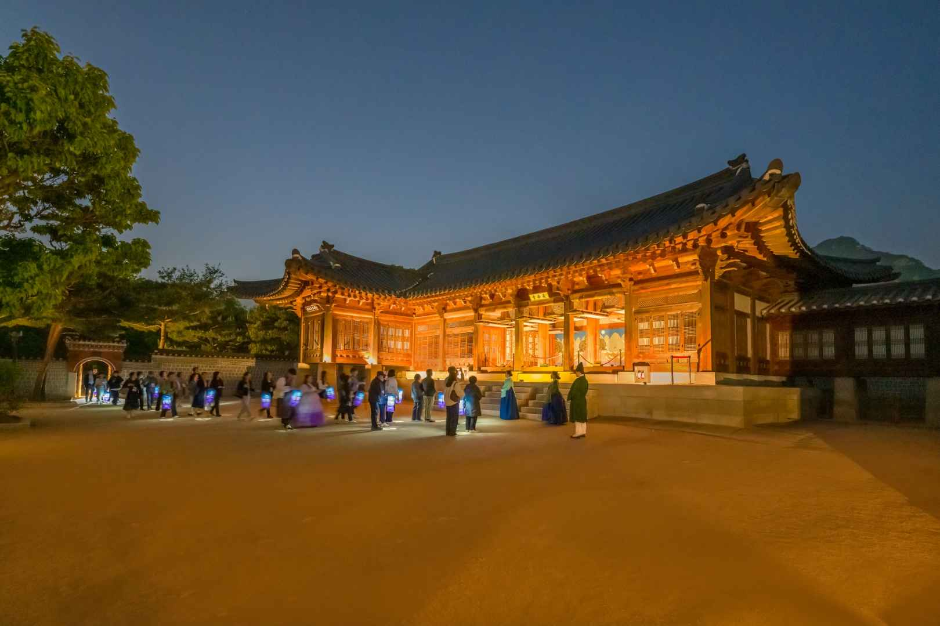
![Museo Nacional de Arte Moderno y Contemporáneo en Seúl [MMCA] (국립현대미술관 서울관)](http://tong.visitkorea.or.kr/cms/resource/03/2991503_image2_1.jpg)
![Yeonwoohouse [Korea Quality] / 연우하우스 [한국관광 품질인증]](http://tong.visitkorea.or.kr/cms/resource/83/2557483_image2_1.jpg)
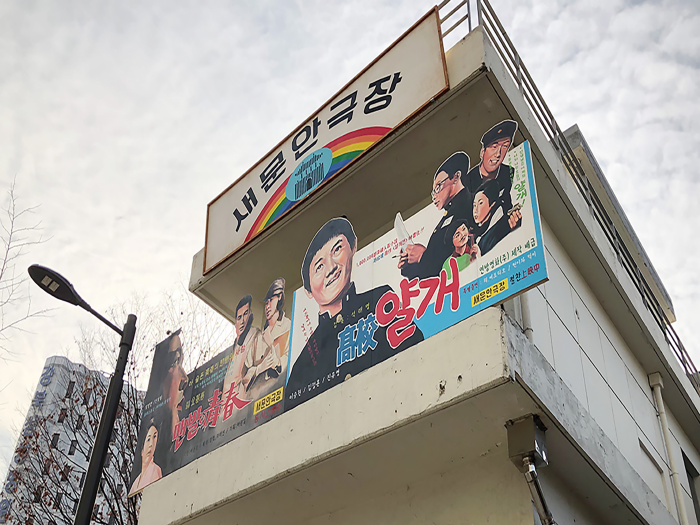
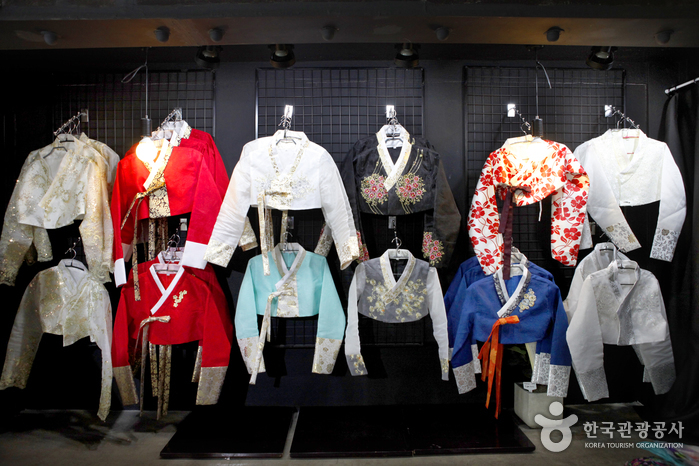
![Hyehwa1938 [Korea Quality] / 혜화1938 [한국관광 품질인증]](http://tong.visitkorea.or.kr/cms/resource/52/2529152_image2_1.jpg)
 Español
Español
 한국어
한국어 English
English 日本語
日本語 中文(简体)
中文(简体) Deutsch
Deutsch Français
Français Русский
Русский